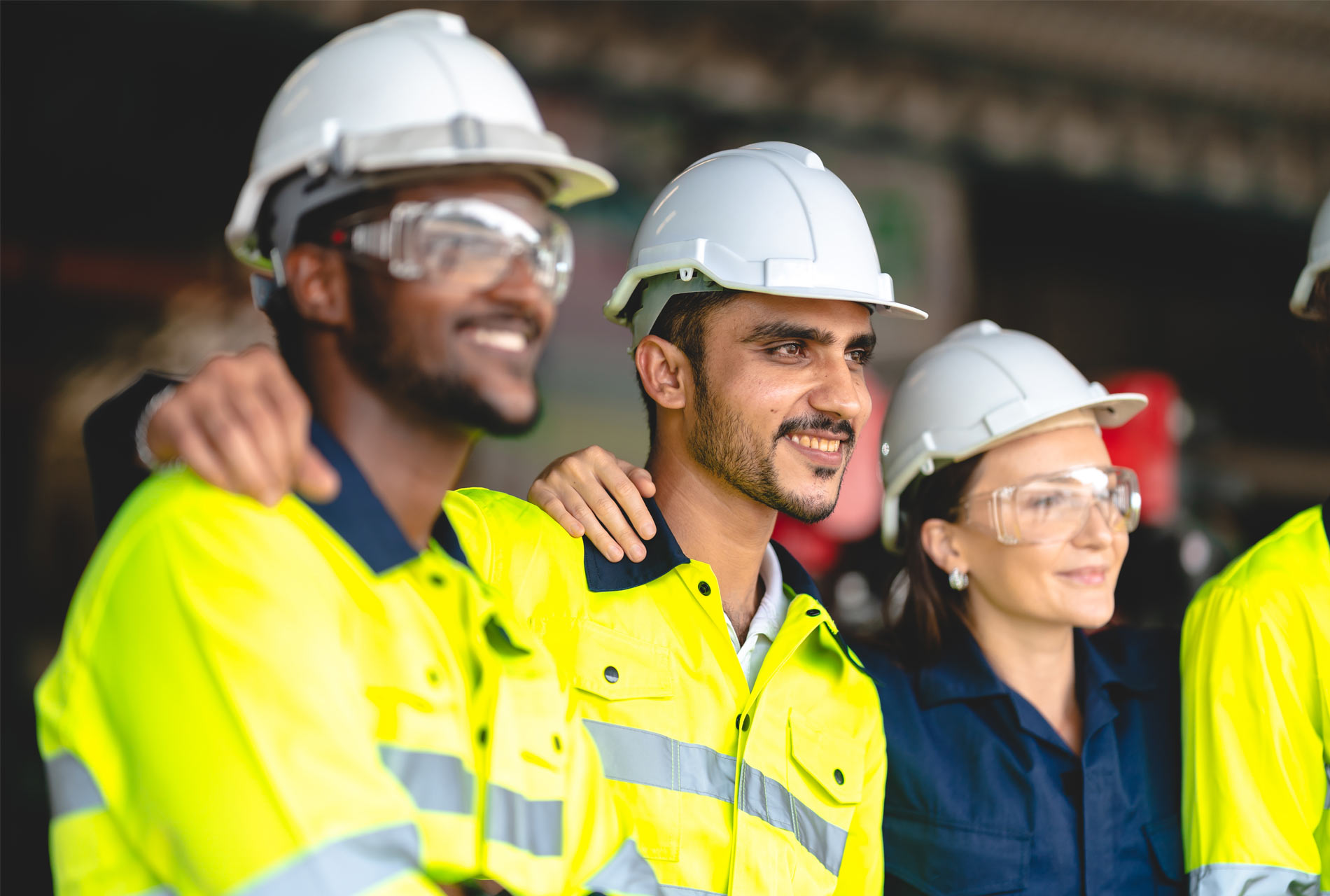 7 min
7 min
(1) The Sustainable Construction Barometer 2024 took place between December 11, 2023 and January 31, 2024, with a sample of 1,760 respondents aged 18 and over, from 22 countries: Argentina, Brazil, Canada, Colombia, Czechia, Egypt, Finland, France, Germany, India, Italy, Mexico, Poland, Portugal, South Africa, Spain, Switzerland, Türkiye, United Arab Emirates, United Kingdom, United States, Vietnam.
FURTHER READING: WHAT IS SUSTAINABLE CONSTRUCTION?
SUSTAINABLE CONSTRUCTION, A CONCEPT MAINLY ASSOCIATED WITH THE ENVIRONMENT
What do you think should be the main goal of sustainable construction?
Although almost 9 out of 10 respondents claim to be familiar with the concept of sustainable construction, their understanding of it still seems limited to green construction, and less focused on the well-being of occupants. Environmental protection is perceived as the most important objective of sustainable construction, in every region around the world. Only 1 respondent in 10 links it to the health of inhabitants, even though its definition combines performance and sustainability: “throughout its life cycle, sustainable construction contributes positively to people’s health and well-being, has a reduced environmental footprint, and delivers superior economic value and quality.”
3 PRIORITIES IDENTIFIED BY INDUSTRY PLAYERS: RAISE AWARENESS, ACT ON COST PERCEPTION AND INCREASE COLLABORATION
In your opinion, which of the following actions should be put in place as a priority to accelerate the development of sustainable construction?
- One in three respondents consider raising public awareness to be a priority for accelerating sustainable construction, particularly in Africa and Asia.
- Energy renovation appears to be a priority in countries with a well-developed and established housing stock, such as France (39%), the United States (37%) and Germany (34%).
- The role of public initiatives (standards, aid and regulations), though fundamental, remains underestimated by those working in the field. There are interesting regional differences: Europeans are more inclined to request public assistance for private individuals. In North and Central America, the demand for regulation is stronger.
BETTER TRAINED, MORE COMMITTED… PLAYERS’ PRACTICES ARE CHANGING
Is the commitment of your suppliers and partners to sustainable construction a selection criterion for you?
More and more professionals (62%, +3 points compared with the 2023 Barometer, at constant scope) are considering their suppliers’ commitment to sustainable construction as a factor in their selection. This is a strong indication of their willingness to become more committed to this type of project.
Other results from the 2024 Barometer are significant:
- 85% of professionals surveyed say some or all of their activity is in sustainable construction, and 92% expect this to be the case in the next five years.
- 51% say they have already benefited from sustainable construction training. This is up six points compared with the 2023 Barometer (at constant scope).
- Students in the sector say they are better informed and better trained now. Their feeling of being informed and having access to training shows an increase of 12 points compared with the 2023 Barometer (at constant scope).
AN IMPLEMENTATION OF SUSTAINABLE CONSTRUCTION THAT NEEDS TO ADAPT TO LOCAL REALITIES
Which of the following do you think are the most legitimate to advance sustainable construction? First?
For every item studied, the results reveal geographical particularities. On the question of which players are perceived as the most legitimate for advancing sustainable construction:
architects and building engineers top the list of players most often mentioned with 29% of responses as first intention, closely followed by elected officials (21%) and public institutions (20%). But there are clear differences between countries:
- In Europe, public institutions come second (with 24% of responses judging them “first”).
- Whereas in Canada, the United Kingdom and Vietnam, elected officials come out well ahead (respectively 59%, 67% and 68% of total responses), even before building design professionals.
- On the other hand, in the United States and South America, the role played by private companies seems far more important (respectively 47% and 56% of total responses, i.e. +6 and +15 points compared to the whole sample).














